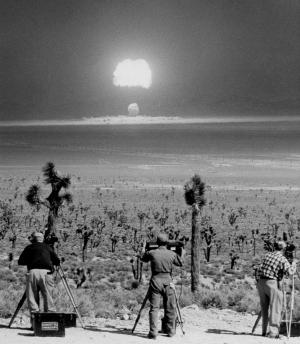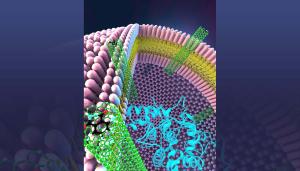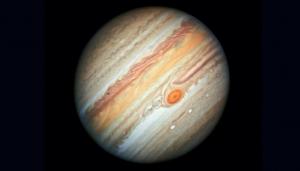LAB REPORT
Science and Technology Making Headlines
July 14, 2017


Operation Teapot is just one of the nuclear test films now available on YouTube.
Blast from the past
The U.S. government recently declassified hundreds of Cold War-era nuclear test films, allowing the public release of dozens of previously secret videos of exploding nuclear weapons.
Most of the 64 videos released by the Lawrence Livermore National Laboratory are in black and white and range from just a few seconds to several minutes. Under the names "Operation Teapot," Operation Hardtack" and "Operation Upshot-Knothole," among others, the explosions often start with bright flashes of light followed by massive, billowing smoke clouds.
The collection, released on YouTube, is part of an estimated 10,000 videos of the 210 atmospheric nuclear tests conducted by the U.S. government from 1945 to 1962. A team of film experts at Lawrence Livermore tracked down about 6,500 of the tapes, of which about 750 have been declassified.


An artist’s rendition of a carbon nanotube porin embedded in a cell membrane with a single strand of DNA passing through it. Image by Adam Gardner
Carbon nanotubes mirror biology
Proteins in lipid membranes are one of the fundamental building blocks of biological functionality. Lawrence Livermore researchers have figured out how to mimic their role using carbon nanotube porins.
Using high-speed, atomic force microscopy, the team showed that a new type of biomimetic channel -- carbon nanotube porins (CNTPs) -- is laterally mobile in supported lipid membranes, mirroring biological protein behavior.
The research opens the door to use CNTPs as models to study membrane protein physics, as well as versatile and mobile components for artificial cells and hybrid systems that combine biological cells and man-made components.


Kellie Glaser, program manager for the Livermore Laboratory Employee Services Association, was named a 2017 Workforce Game Changers Award winner by Workforce Magazine.
Ahead of the game
Kellie Glaser, program manager for the Livermore Laboratory Employee Services Association at Lawrence Livermore, recently was named a 2017 Workforce Game Changers Award winner by Workforce Magazine.
This international award program, now in its seventh year, selects the top human resources practitioners and strategists under the age of 40 dedicated to pushing the profession forward with innovative people-management practices. Workforce Game Changers winners are profiled in the July/August issue of Workforce Magazine and highlighted on Workforce.com. Glaser, along with two other Game Changer winners in the Bay Area, also appears on the July/August magazine cover.
Glaser was recognized with this award for her efforts in engaging the Lab's workforce through innovative programs designed to improve work-life balance.


Jupiter is the oldest planet in the solar system, according to new research from Lawrence Livermore National Laboratory. Image courtesy of NASA
Jupiter is the oldest planet in the book
Jupiter is not only the largest but is also the oldest planet in the solar system.
Scientists led by Lawrence Livermore’s Thomas Kruijer measured concentrations of molybdenum and tungsten isotopes derived from iron meteorites to model the age of the solar system’s largest planet.
There are two distinct groups of iron meteorites, the researchers suggest, which arose separately within the nebula cloud from which the solar system eventually coalesced. They represent two genetically distinct nebular reservoirs that coexisted and remained spatially separated during the first few million years of the solar system’s formation.
The most plausible explanation for their separation, Kruijer and colleagues suggest, is the formation of Jupiter in between them.
Kruijer’s team calculates that the process began very soon after the birth of the solar system 4.6 billion years ago. According to the modeling, Jupiter’s inner core grew to the equivalent of about 20 times the mass of the Earth within the first million years. The sun was still a protostar at this stage, not having become dense enough for hydrogen fusion to begin.





